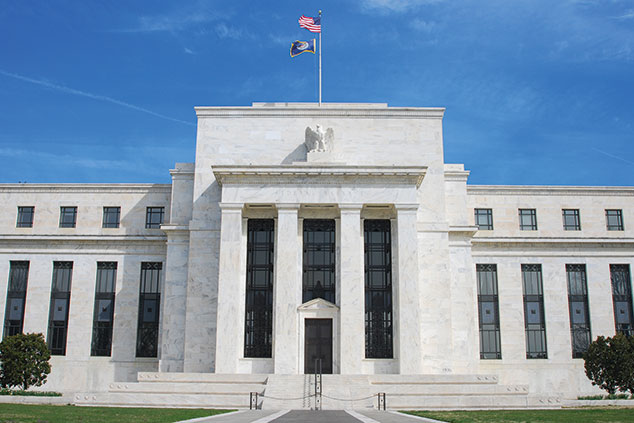
“Round numbers would be irrelevant if investors were rational,” says The Economist. “But they are not.” Last week, for the first time in over four years, the yield on the ten-year US Treasury-bond surpassed 3%, reflecting falling prices, “and investors shuddered”.
The move was deemed further evidence that the long bond bull market, which began in the early 1980s, is definitively over. As we embark on an era of higher long-term interest rates, corporate and consumer borrowing costs will rise, tempering growth. Given the unprecedented debt load the world economy is carrying, this could lead to a sharp slowdown, especially if rates rise quickly.
The overall pick up in rates “is easy enough to explain”, as the Financial Times says. The US Federal Reserve has signalled that it will keep raising short-term interest rates, while a big fiscal stimulus is being added to an already buoyant economy, raising inflation expectations (bad news for bonds as rising prices erode the value of fixed income). But what’s rather odd is that the ten-year yield hasn’t gone up much compared with the two-year one.
The gap between them is a mere 0.5%; it hasn’t been this narrow since 2007. A flat yield curve typically implies low inflation and sluggish growth years into the future. What to make of the mixed messages?
QE has distorted the market
One possibility is the market is expecting short-term rates to rise amid Fed rate hikes but thinks that the Fed will thereby damage longer-term growth in the overly indebted economy, leading to a recession or stagnation.
But perhaps more likely, says John Authers in the Financial Times, is that after years of artificial interference in the bond market in the form of central-bank quantitative easing (QE), which involved buying bonds with printed money, we can’t really read anything much at all into the flat curve. Other central banks are still suppressing their yields by buying bonds, prompting pension funds, “desperate to buy at a decent yield”, to exploit any uptick in US yields, sending them down again.
For now the key is to keep an eye on inflation. If it surges, it could turn an orderly rise in bond yields into a “rout”, damaging growth as companies and households face a steep rise in bills. Worryingly, not only is the labour market gradually tightening, but the US economy is facing capacity constraints that imply higher prices, says Irwin Stelzer in The Sunday Times. The backlog of orders for US manufactured goods is at a 14-year high, and firms are missing skilled drivers to shift goods from warehouses. In Europe, companies are complaining about equipment shortages. We may soon hear a lot more about round numbers in the bond market.